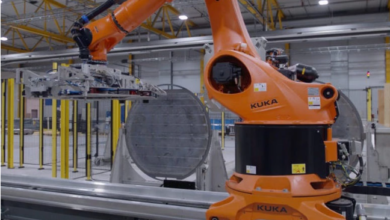Saulsbury to build hydrogen liquefaction plant in the US

Saulsbury Industries said it has recently won a contract for building a 30 tonnes per day hydrogen liquefaction plant. Saulsbury will build this first of its kind plant in the US for a speciality gas company. Saulsbury has not disclosed the client name at this stage. However, the company said that the project work has already been started, and the facility is set to be completed this year.
Saulsbury will be responsible for developing the mechanical parts of the plant, including the steam methane reformer, waste recovery, process modules, hydrogen compression packages, and other equipment.
The company expects that the contract will solidify its position in the emerging hydrogen sector and will enhance its building and construction portfolio in renewable and environmental sectors. Saulsbury is a full-service engineering, procurement, and construction (EPC) company, serving various industries, including mining, metals and energy.
Recently, there has been strong interest in developing hydrogen infrastructure across the world. H2 Bulletin understands that currently Air Products, Air Liquide, Praxair and BOC are the leaders in operating commercial liquefaction plants in the US. There has been very little capacity expansion over the last twenty years.
Currently, the US liquefaction capacity stands at 241 tonnes per day, according to Linde estimates. Even the whole Europe capacity is just 20 tonnes per day, lower than Japan (31 tonnes/day) and Canada (51 tonnes/day), according to Linde.
Liquefying hydrogen is a way to transport hydrogen over long distances efficiently. To transport gases from one place to another, one approach is to liquefy it by decreasing the temperature or increase the pressure. To liquefy hydrogen, the temperature must be below –239.96°C. So, hydrogen liquefaction is mostly cooling and compression process. Although it may sound simple, it is very complex and sophisticated technology, especially when it comes to a large scale industry level.
To go beyond the conventional 5-10 tonnes per day capacity for liquid hydrogen (LH2) production, besides the up-scaling challenge, plant capital (CAPEX) and operations capital (OPEX) are other key issues.
